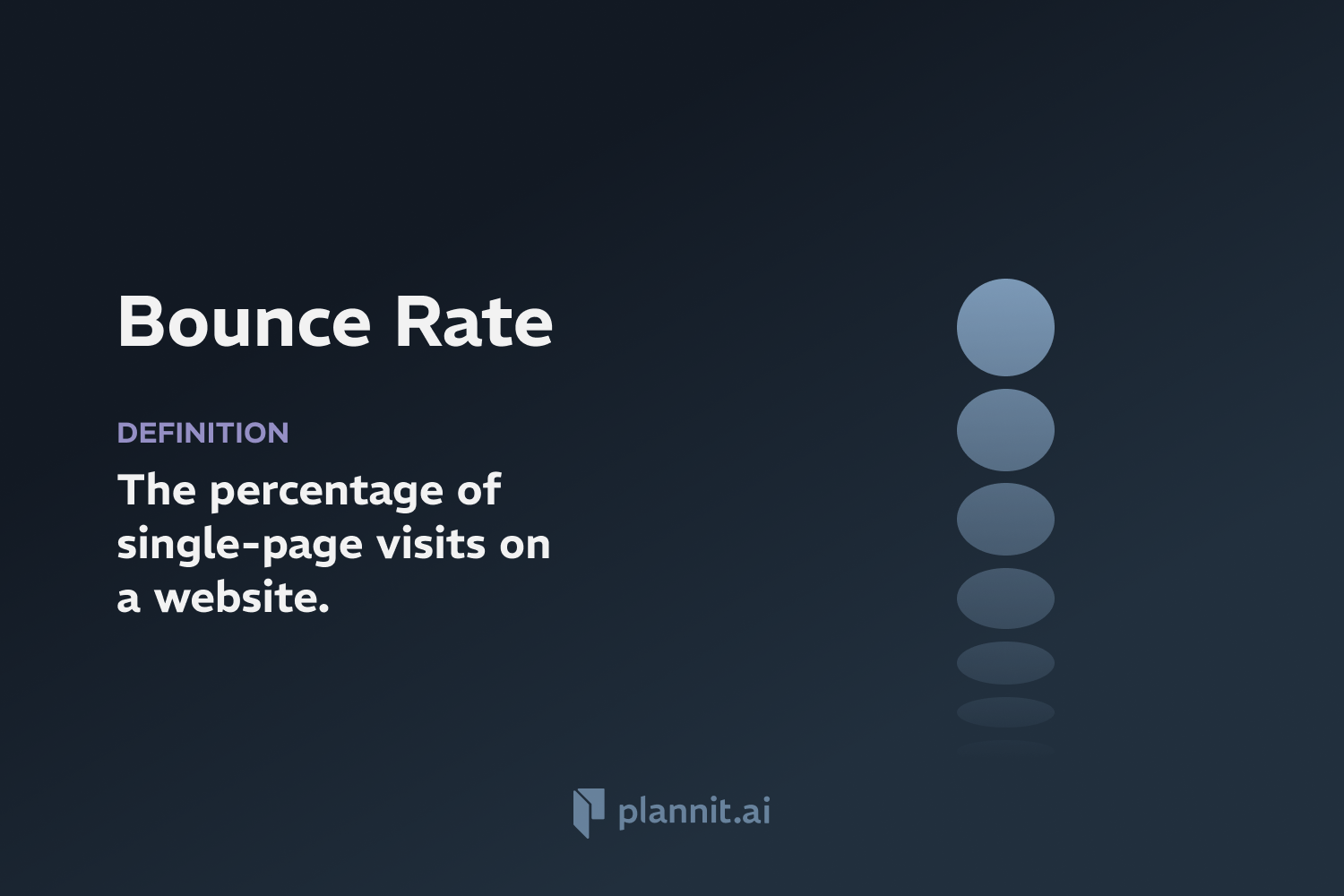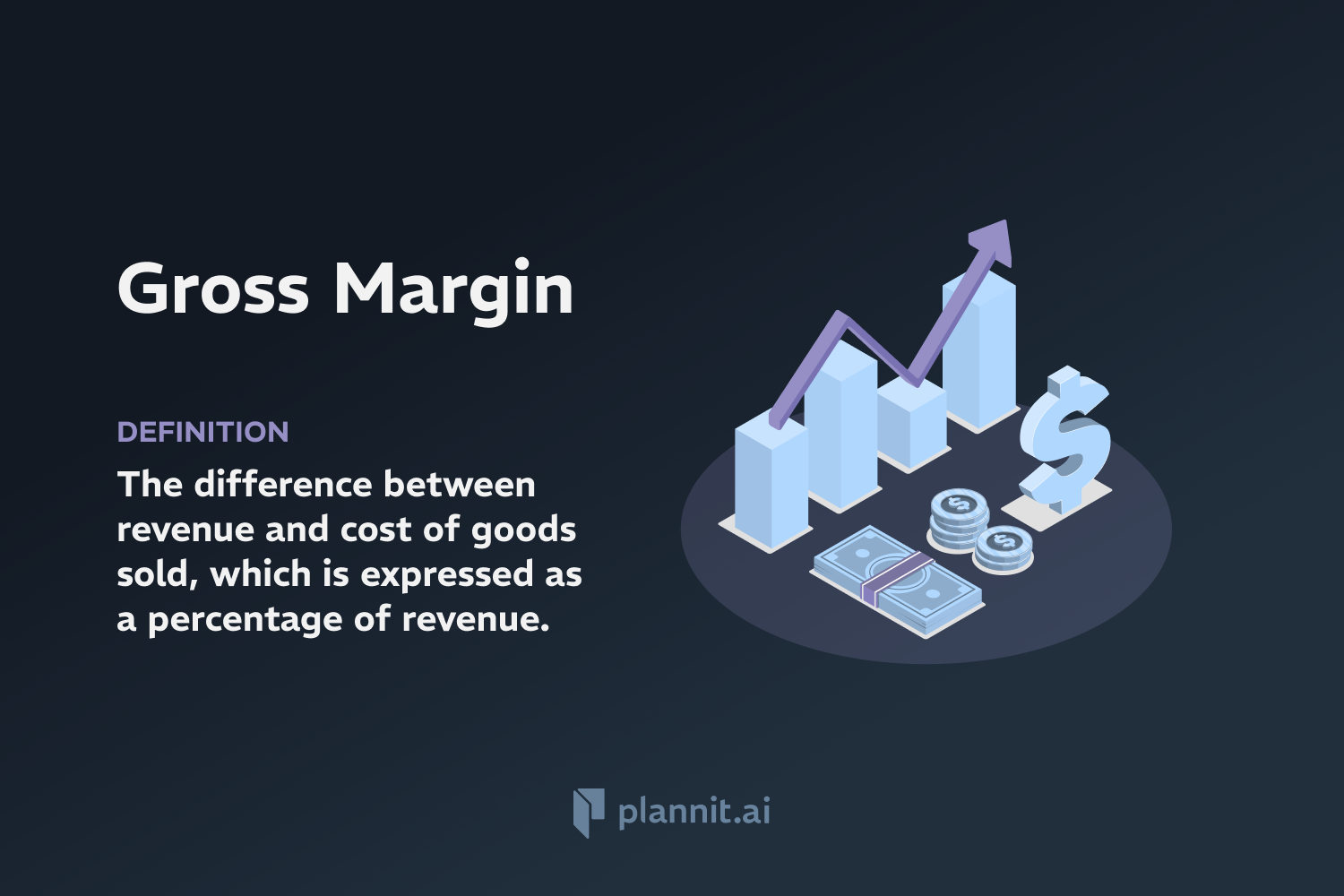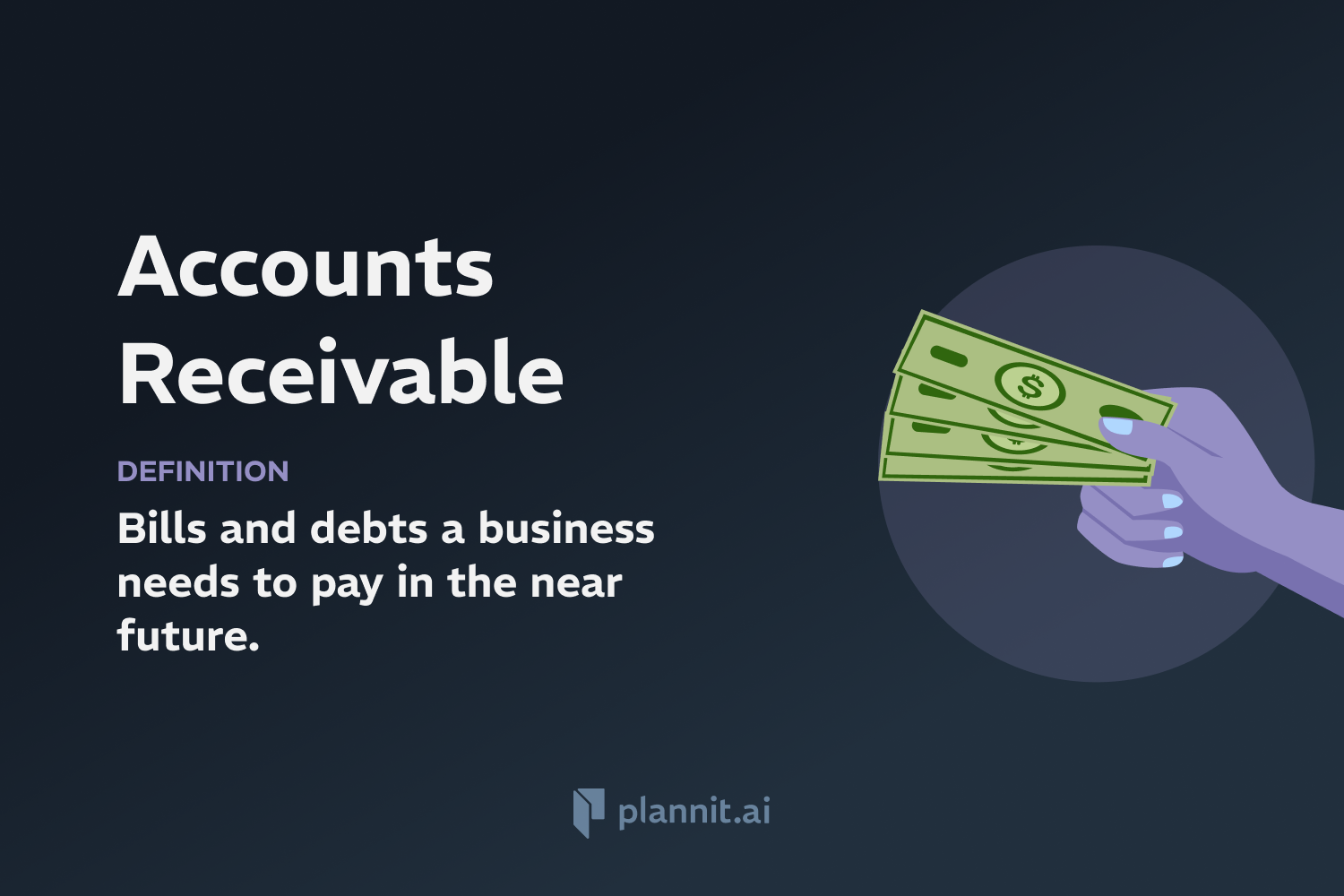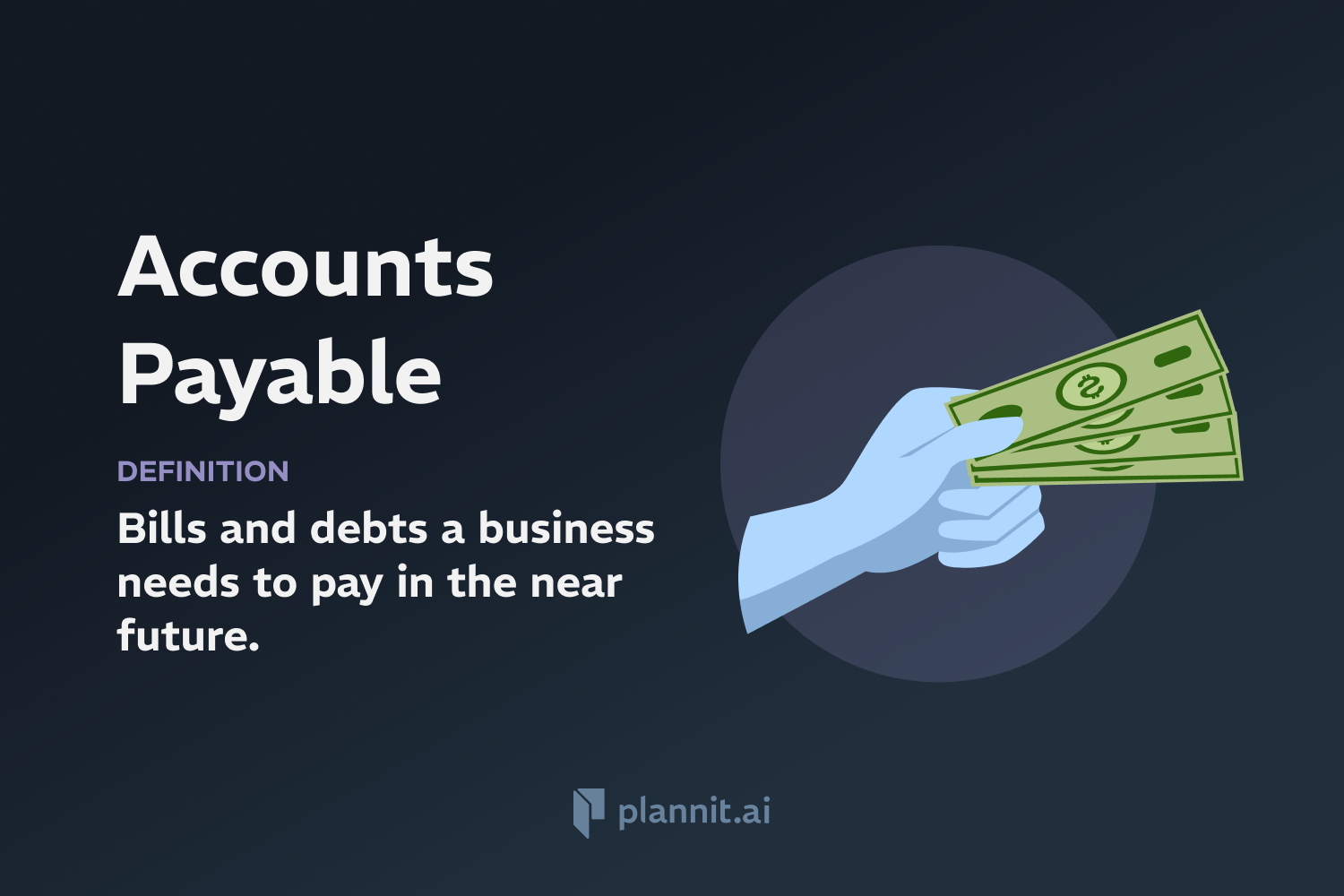Need Help With Your Business Plan?
Answer tailored questions and get a detailed business plan in minutes.
Bounce Rate: Definition & In-Depth Explanation

Bounce rate is a metric used in website traffic analysis that represents the percentage of visitors who enter the site and then leave ("bounce") rather than continuing to view other pages within the same site. This metric is particularly important in digital marketing, SEO, and website design as it provides insight into the effectiveness of a website's content and user engagement. A high bounce rate may indicate that site entrance pages are not relevant or compelling to visitors.
Purpose:
The purpose of analyzing bounce rate is to measure user engagement and the effectiveness of website content. It helps webmasters and marketers understand how well a website meets the expectations of its visitors based on their interactions. By evaluating bounce rates, companies can identify areas of their website that may need improvement, such as the quality of content, page layout, user navigation, and loading times.
Example:
Suppose a company’s homepage has a bounce rate of 70%. This means that 70% of visitors who landed on the homepage left the website without viewing any other pages. This could indicate issues like the page not providing the information visitors were looking for, poor page design, slow loading times, or not enough calls to action.
Related Terms:
Session Duration: The amount of time a visitor spends on the site during a single session.
Conversion Rate: The percentage of visitors to a website that complete a desired goal (a conversion) out of the total number of visitors.
Click-through Rate (CTR): The ratio of users who click on a specific link to the number of total users who view a page, email, or advertisement.
Traffic Analysis: The process of analyzing the behavior of visitors to a website, often used to improve website effectiveness and increase sales or conversions.
FAQs:
What is considered a good bounce rate?
A good bounce rate varies by industry and the specific type of page. For most websites, a bounce rate between 26% to 40% is excellent. 41% to 55% is roughly average, while anything over 70% is considered high and indicates issues, especially on non-blog pages.
How can bounce rate be reduced?
To reduce bounce rate, ensure your landing pages accurately reflect the marketing promises made; improve page load times; offer a clear, intuitive website navigation; provide engaging, quality content; and optimize the design for usability and attractiveness.
Does a high bounce rate always indicate a problem?
Not necessarily. For pages like blogs or news articles, a high bounce rate might still be normal, especially if visitors find everything they need on one page or if the main call to action is external, such as a phone call or a store visit.
How does bounce rate affect SEO?
While Google has stated that bounce rate is not a direct SEO ranking factor, a high bounce rate can indirectly affect rankings as it might indicate poor user experience or irrelevant content, which are critical for SEO.
Can technical issues affect bounce rate?
Yes, technical issues such as slow loading times, broken links, and unresponsive web design can significantly increase bounce rate by frustrating users and encouraging them to leave the site quickly.
Get funding with a business plan that will impress investors.
Starting a New Business?



